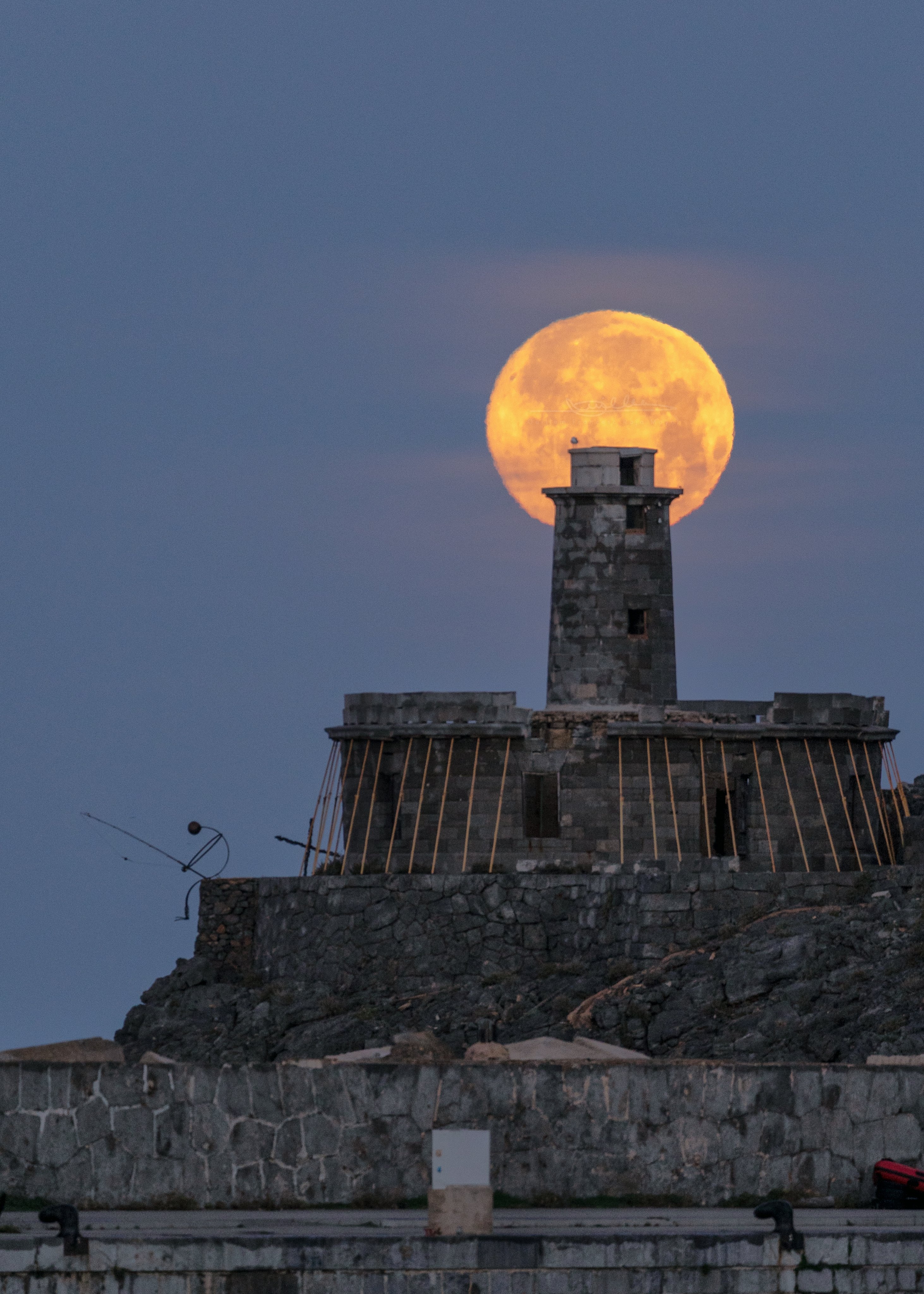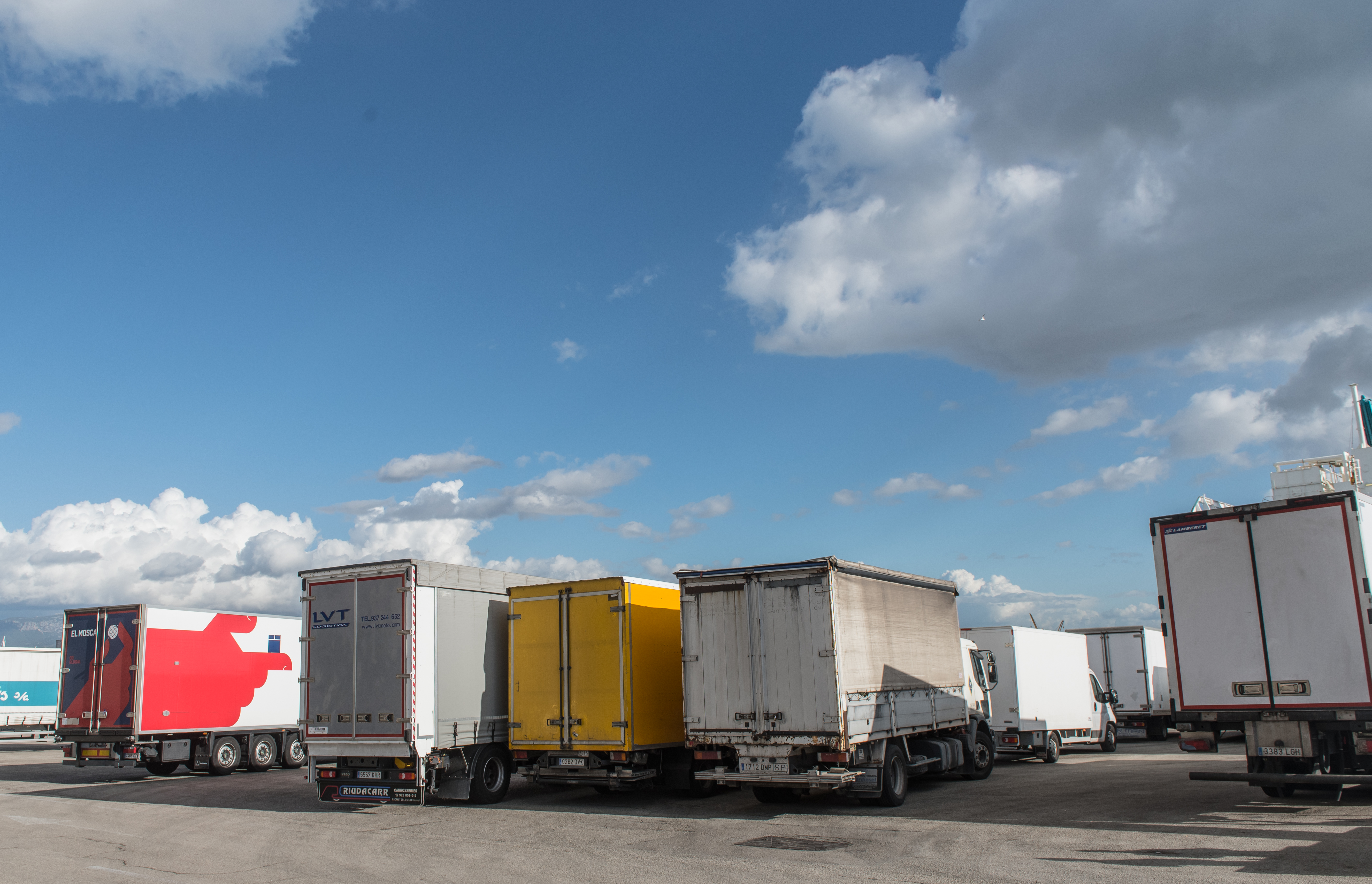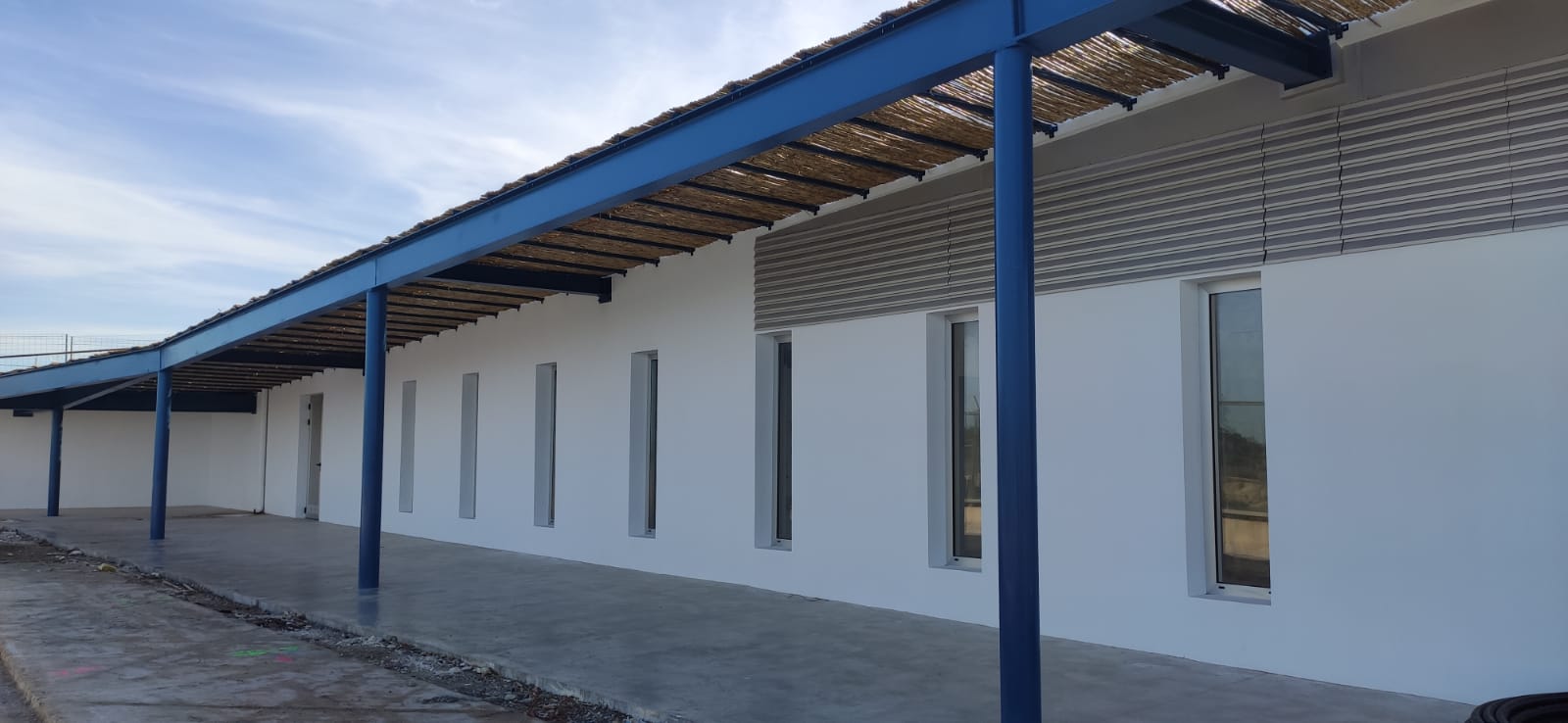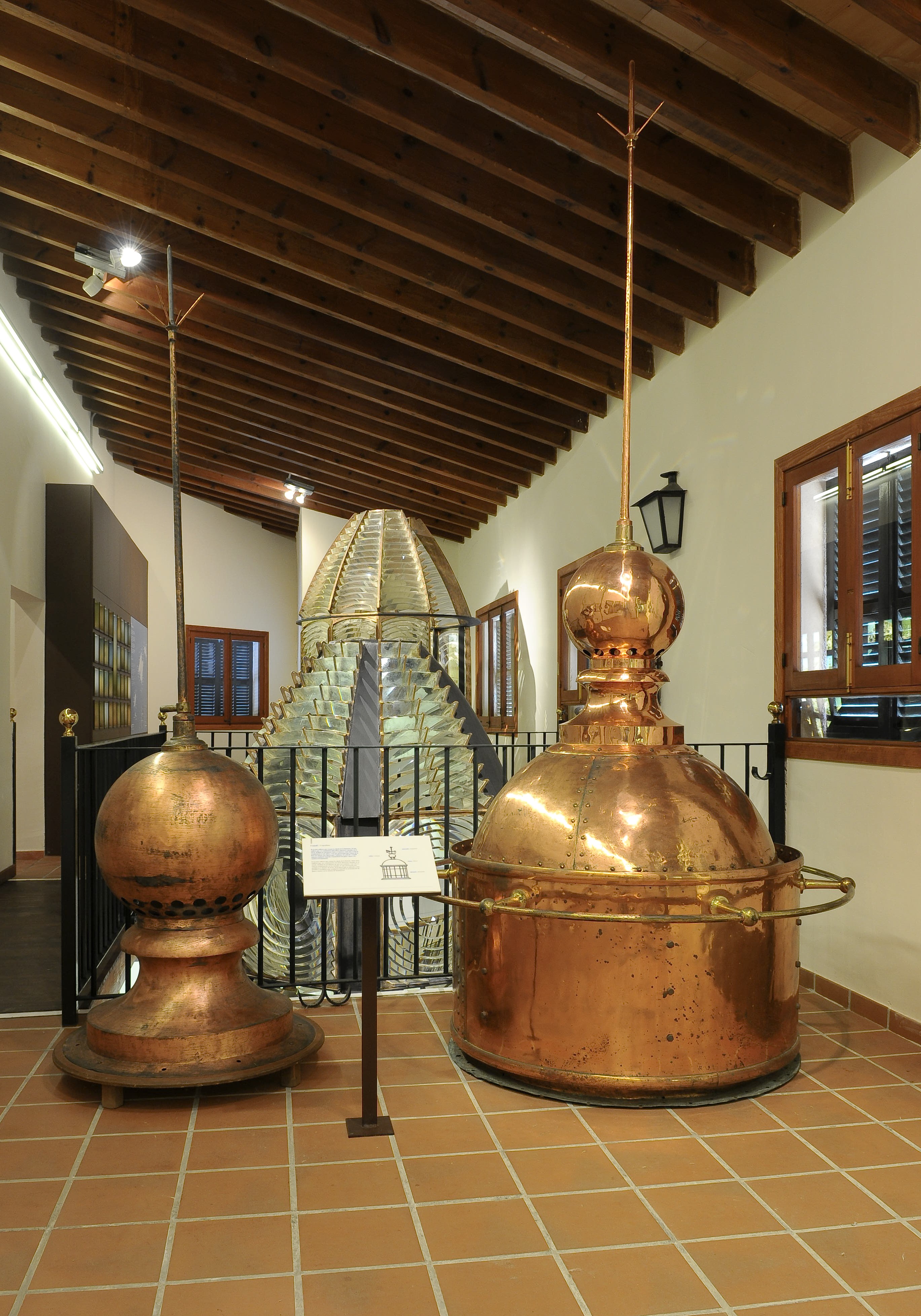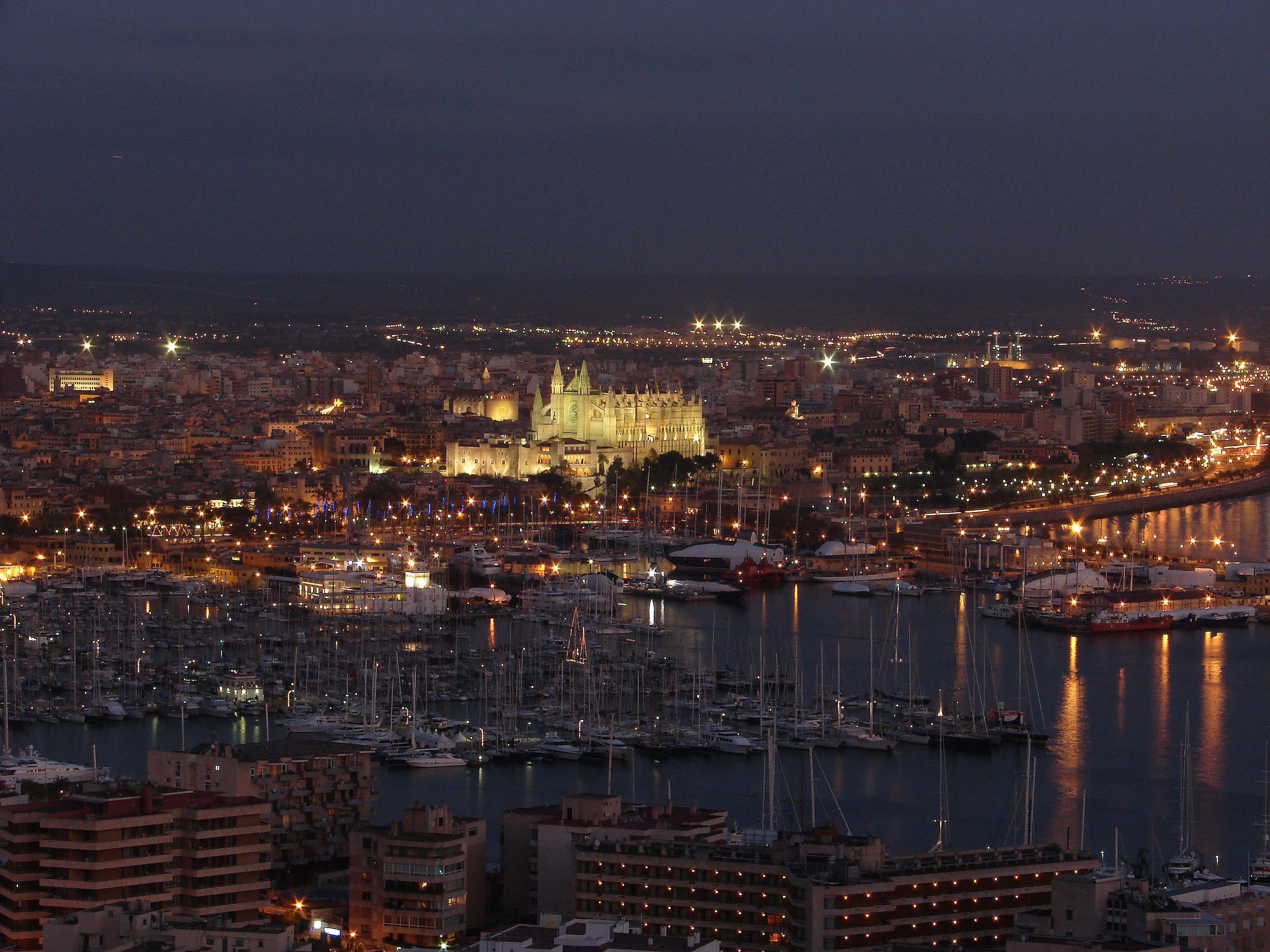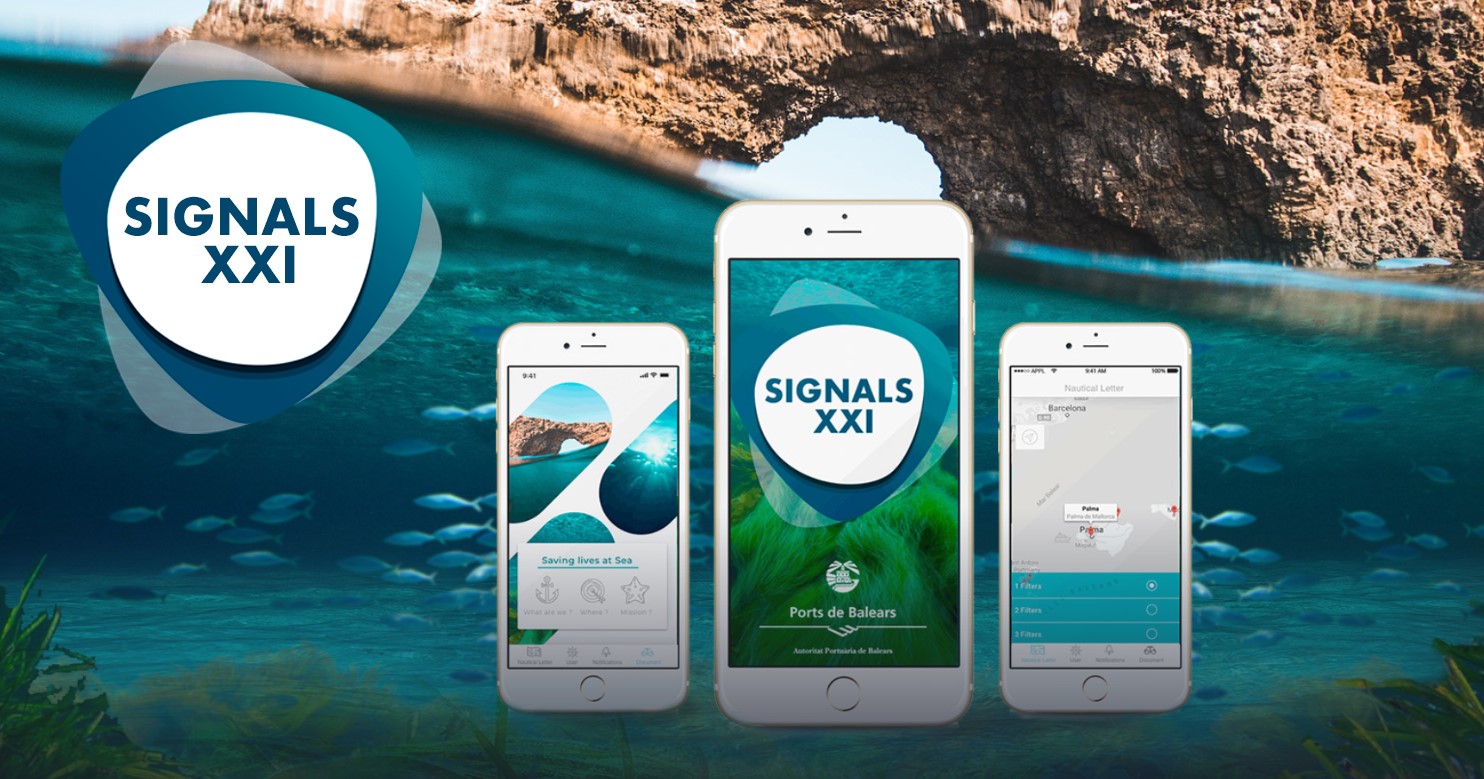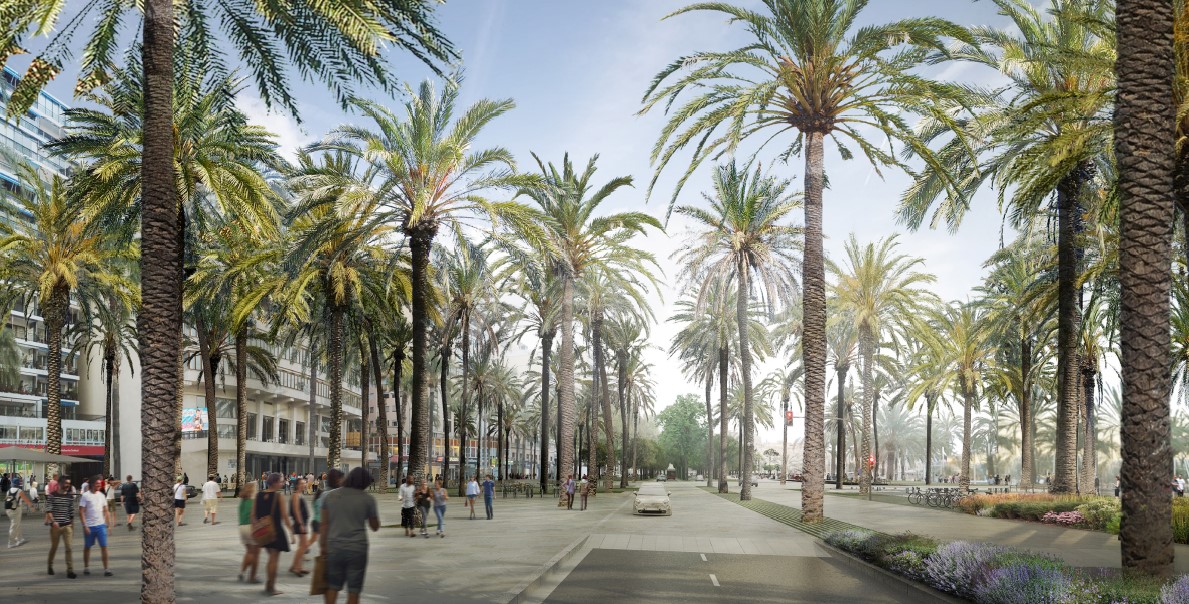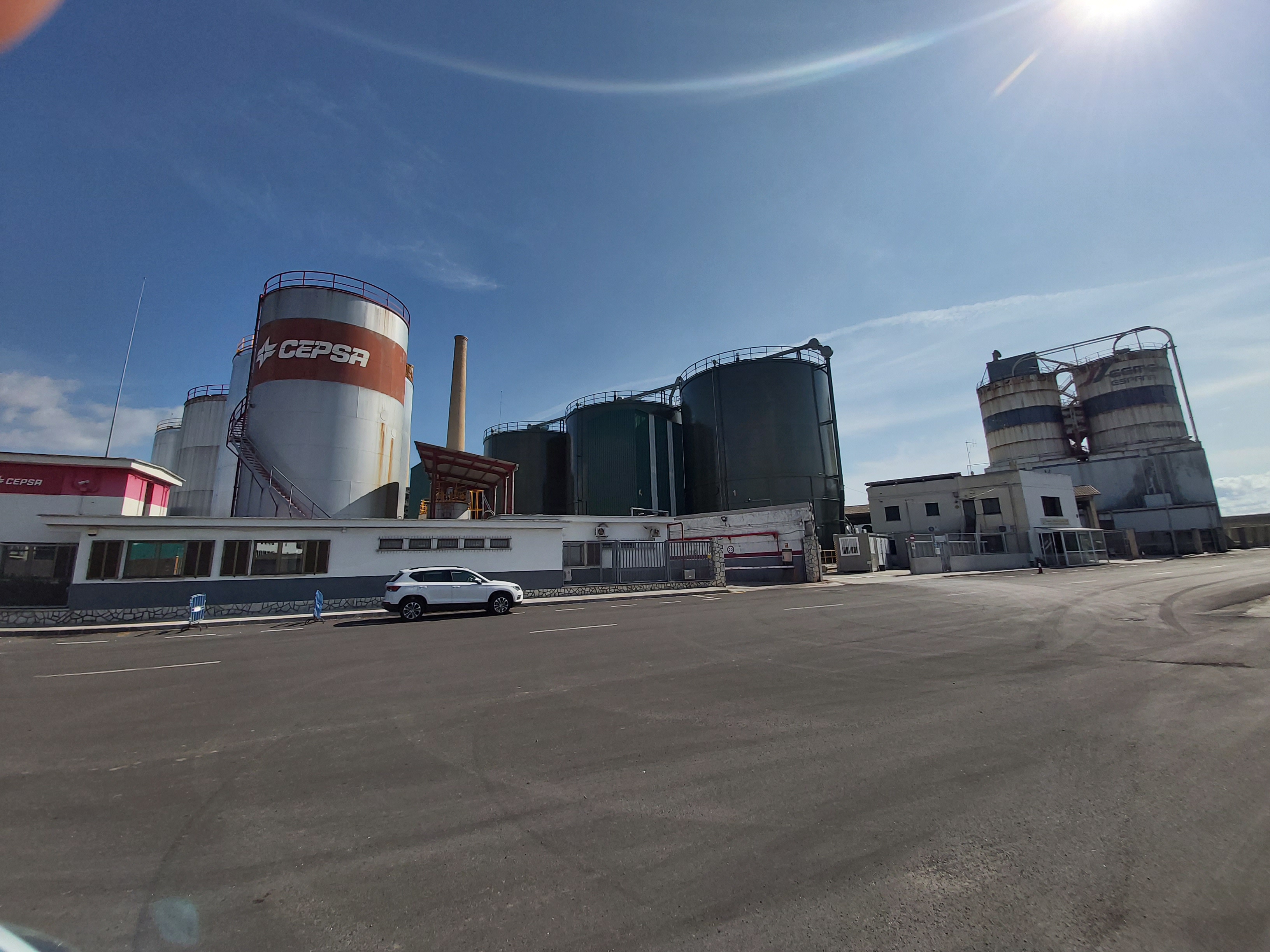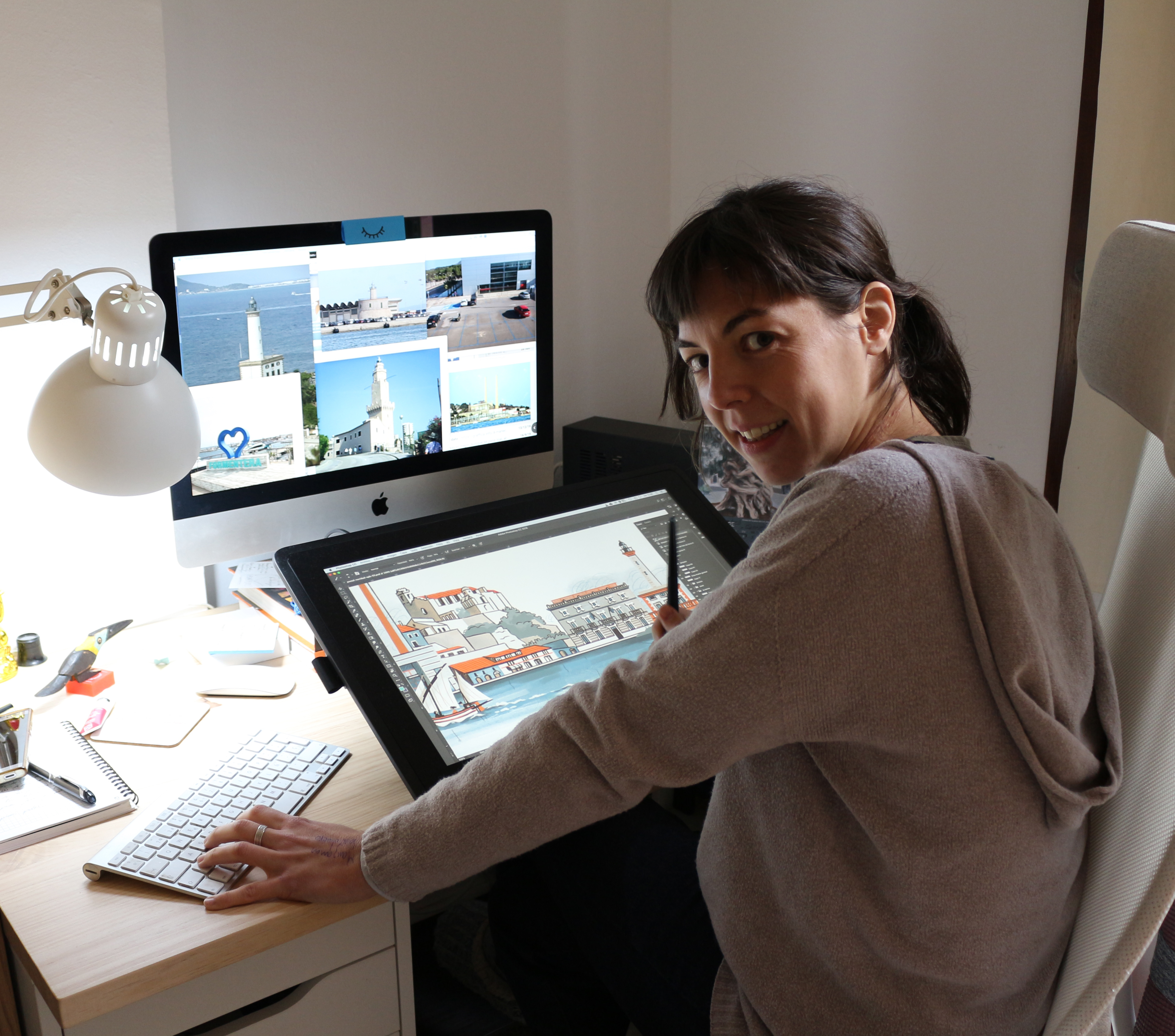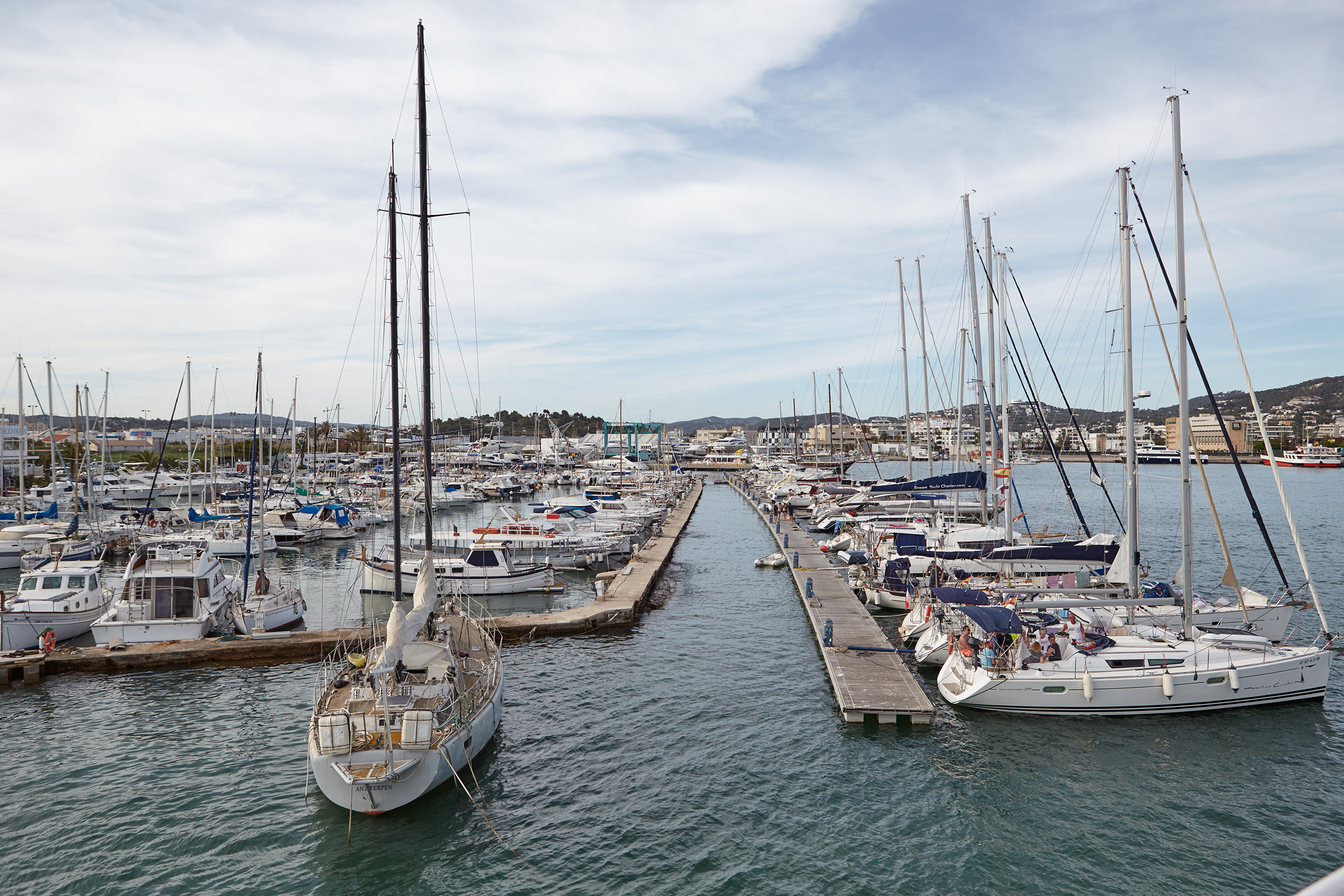Eleven lighthouses in Mallorca are to be equipped with a visitor-counting system
22/02/2021The eleven lighthouses in Mallorca and Dragonera will be equipped with a data-capture counting system to record visitor numbers. The data-captures will provide information on occupancy and trends in the usage of the facilities. Technicians have already begun installing the cameras and the entire network is expected to be up and running soon. The project forms part of Mallorca Island Council’s ‘Smart Island Mallorca’ initiative. It aims to capture data on visitor numbers at places of cultural interest and tourist attractions and is being backed by public business entity Red.es The occupancy data will be extracted from cameras and sensors designed to withstand the external environmental conditions and outdoor use. In addition to the Mallorca lighthouses, devices will also be installed at multiple archaeological sites and around the grounds of the Raixa manor house. Video analysis software will provide data on visitor numbers and detect any unauthorised access to the areas where the cameras are installed. However, in compliance with data protection laws, the cameras do not provide real-time images or video clips. The tool has some important features. Authorised users will be able to monitor, in real-time, the volume of visitors in attendance at a lighthouse at any given time, as well as download reports and graphs.


